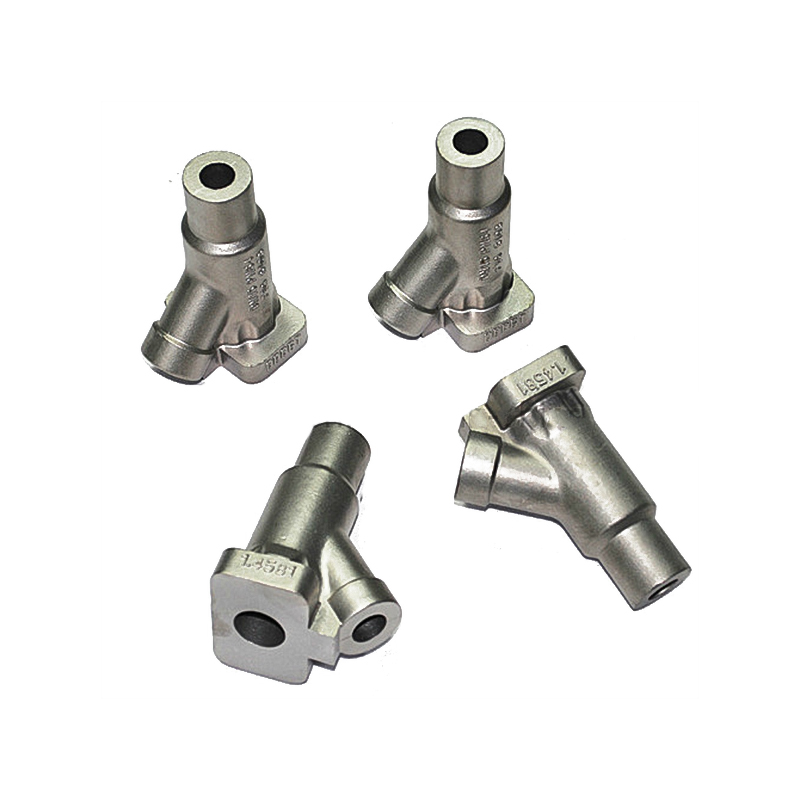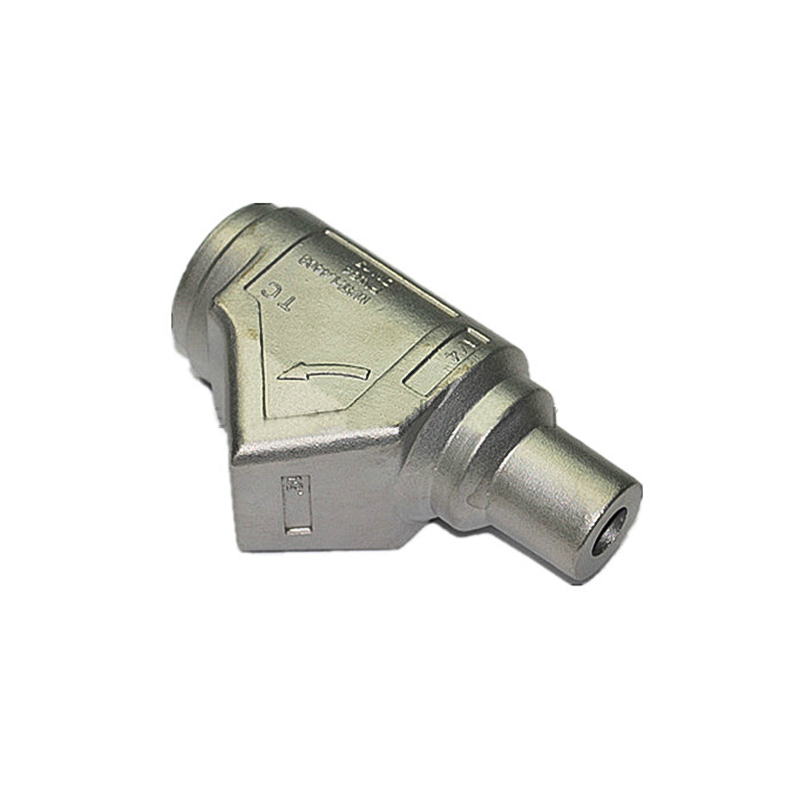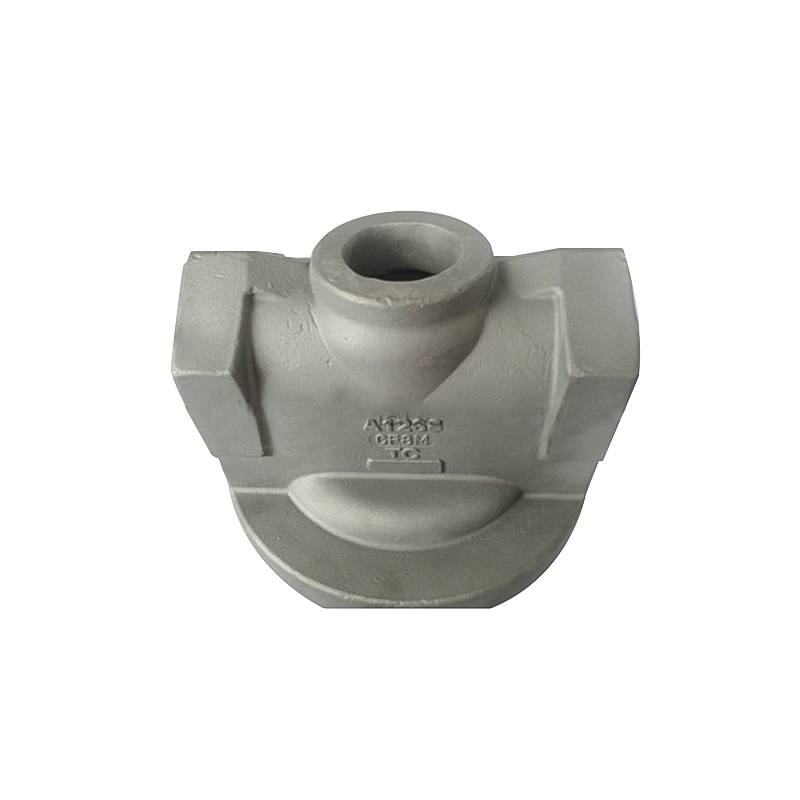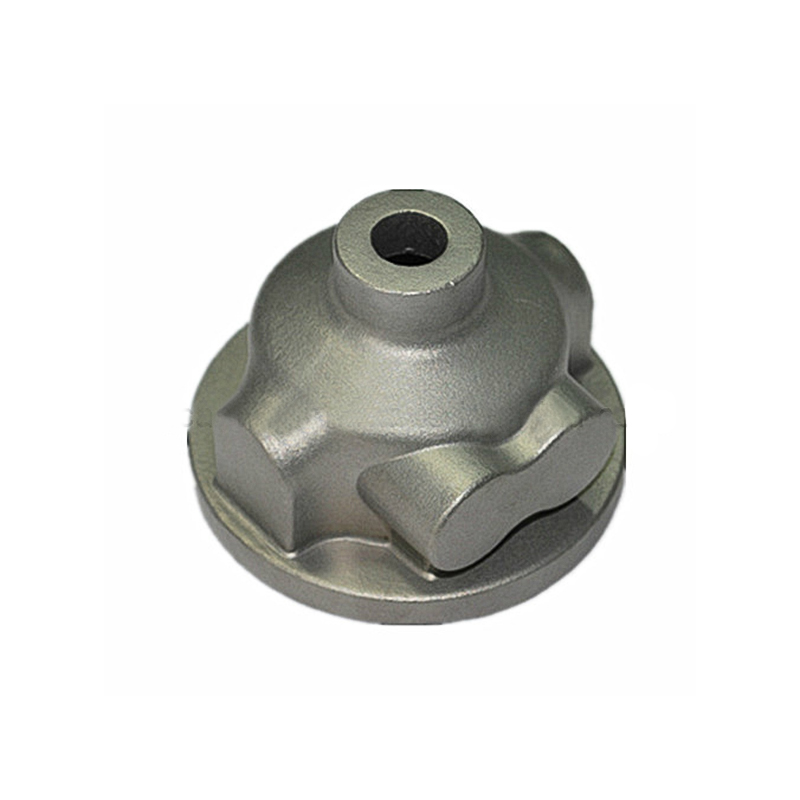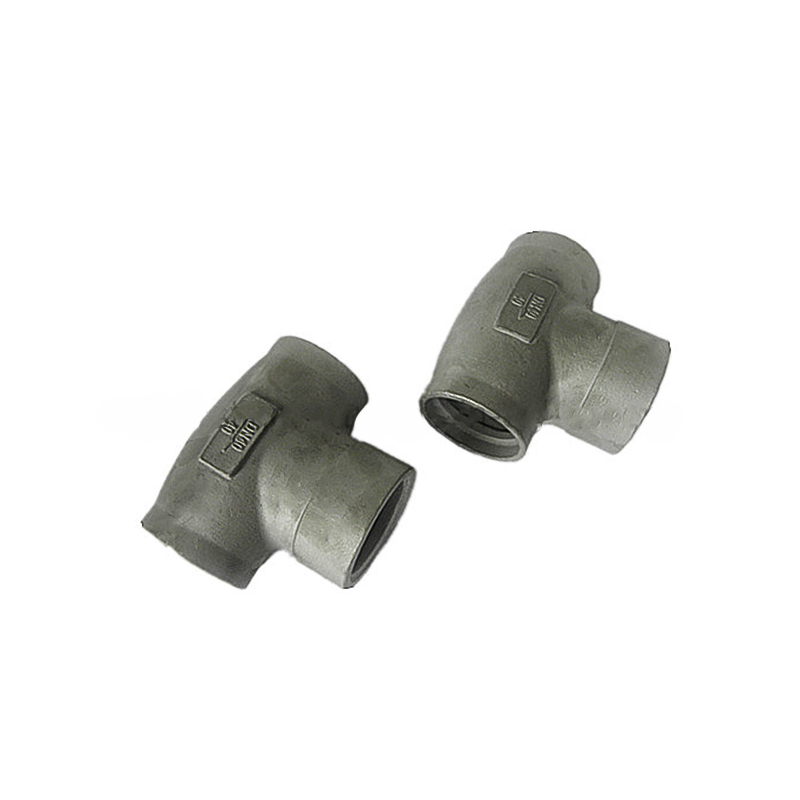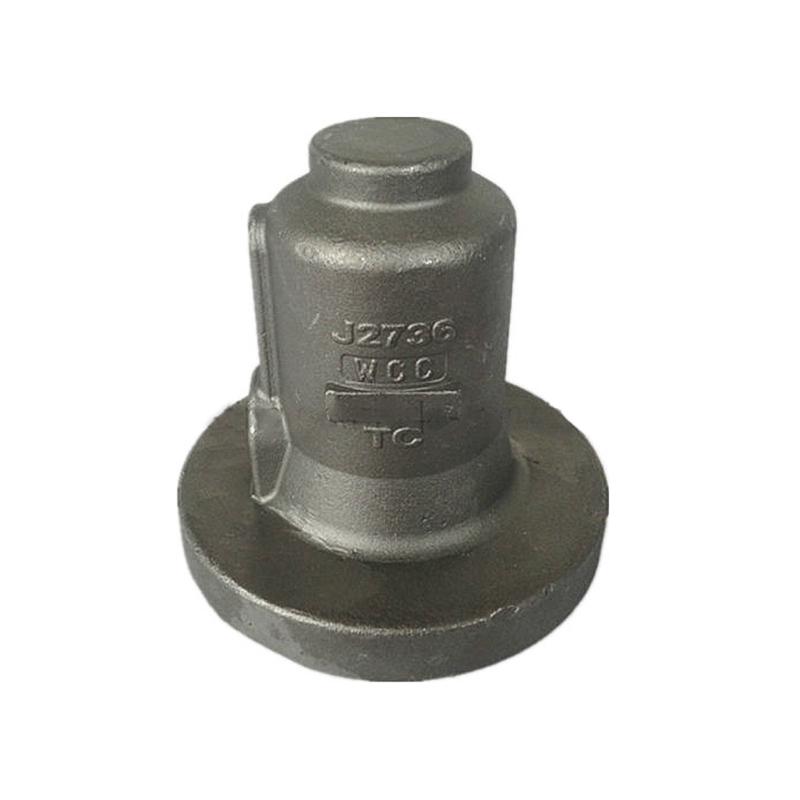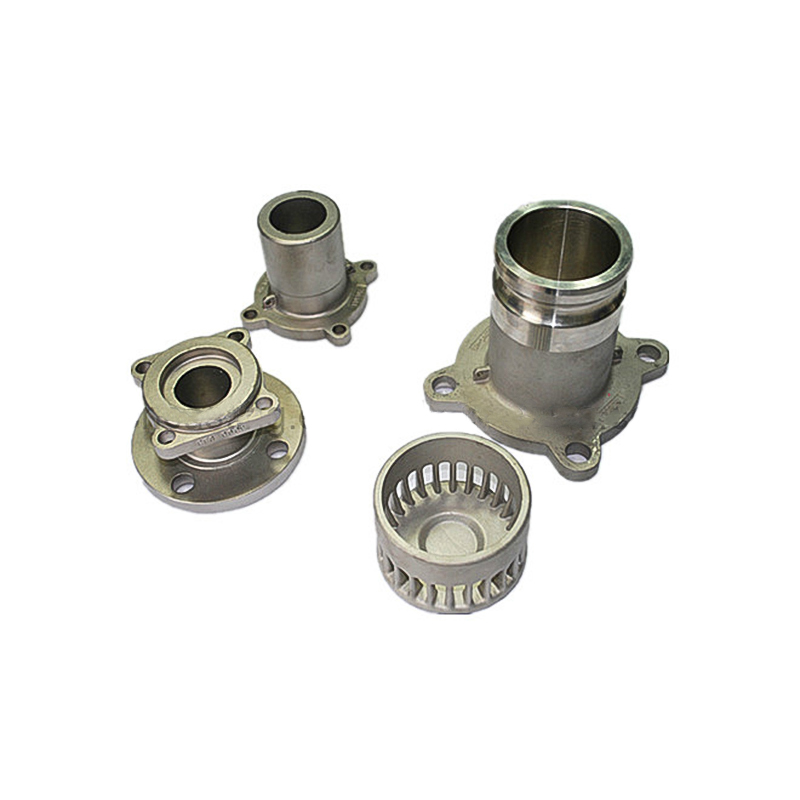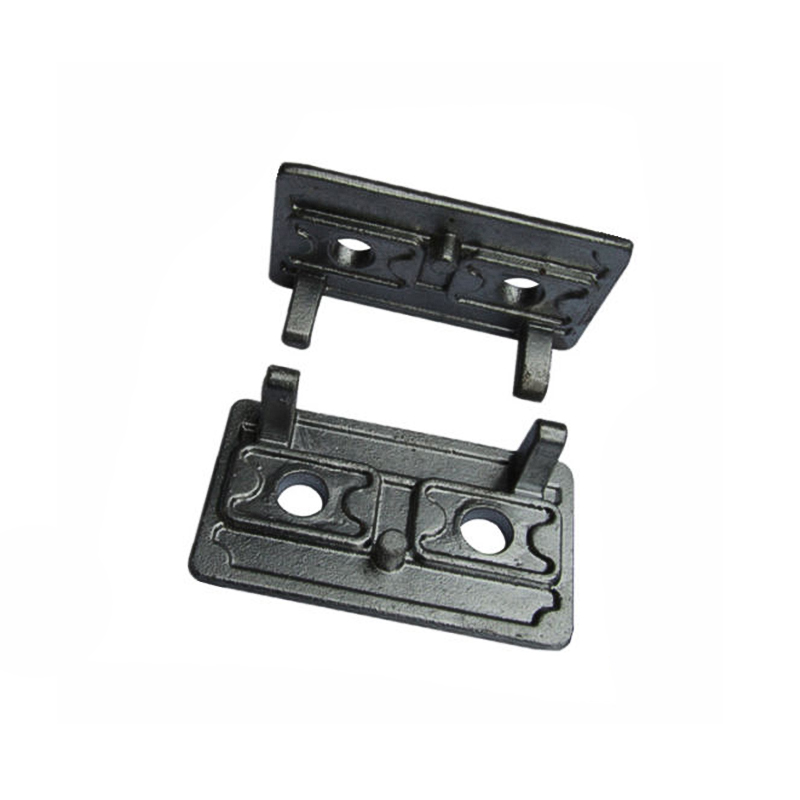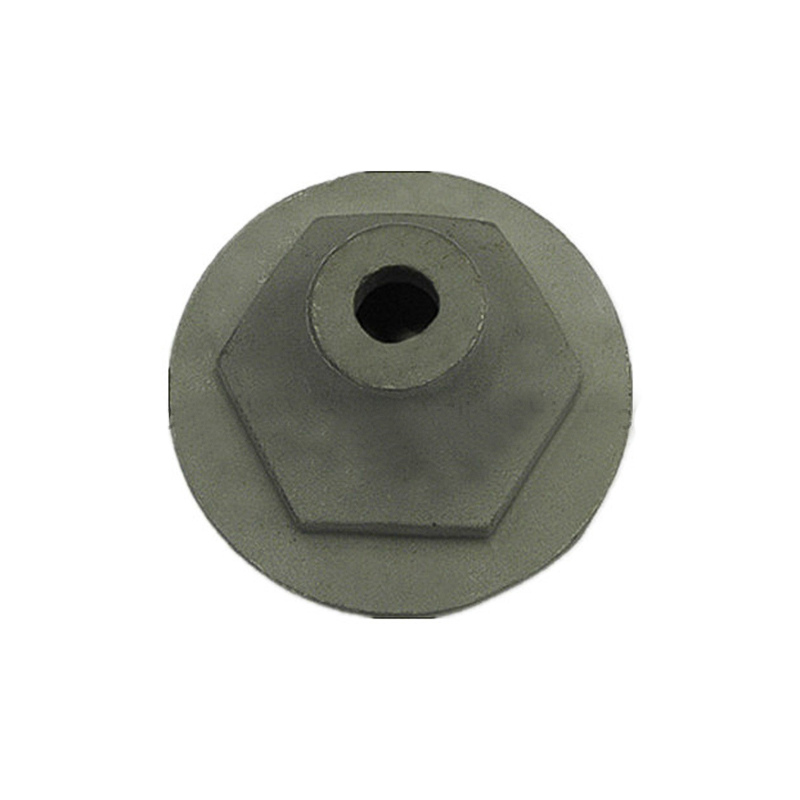How to Improve Product Quality and Performance Through Investment Casting Parts?
In modern manufacturing, precision casting technology has increasingly become a key means of improving product quality and performance. This is particularly true in industries such as aerospace, automotive, medical devices, energy, and high-end machinery, where product quality and performance are directly linked to safety, efficiency, and service life. In these industries, investment casting parts, thanks to its exceptional precision, ability to process complex shapes, and excellent mechanical properties, have become one of the preferred technologies for manufacturing high-performance parts. Precision casting, in which molten metal is cast into desired parts using precision molds, is capable of producing parts with complex shapes, high dimensional accuracy, and superior surface quality. It not only meets high-precision dimensional requirements but also enables the creation of complex geometries that are difficult to achieve using traditional casting and machining methods.
Advantages of Investment Casting Parts
High-Precision and Complex Shape Manufacturing Capability
One of the most notable features of precision casting technology is its ability to produce parts with high precision and complex shapes. Through precise mold design and high-temperature casting processes, investment casting parts can achieve extremely tight tolerances (typically within 0.1mm). These precision requirements are crucial in many industries. For example, turbine blades in aircraft engines, combustion chamber components in automotive engines, and housings for precision instruments all require precision casting to ensure their accuracy and functionality.
Compared to traditional casting methods, precision casting reduces the need for post-processing, significantly improving manufacturing efficiency. In many cases, investment casting parts require little to no post-processing or only minimal finishing, saving manufacturers time and costs.
Excellent Surface Quality
Investment casting parts typically have a smooth surface, smoother than traditional castings, with less surface roughness. This excellent surface quality not only enhances the part's appearance but also reduces friction and improves wear resistance. For parts in the automotive, aerospace, and other fields, precision casting can effectively reduce energy loss due to friction and improve operational efficiency.
The smooth surface of investment casting parts also reduces maintenance requirements. For example, in mechanical equipment, smooth parts can reduce failures caused by friction and wear, thereby extending the lifespan of the equipment.
High Material Utilization and Cost-Effectiveness
Compared to traditional machining methods, investment casting reduces material waste. By optimizing mold design, investment casting can precisely control the casting volume, achieving optimal material utilization for each part and reducing raw material consumption. Reduced material waste not only saves production costs but also reduces the impact on the environment.
The high precision of investment casting allows for more precise product molding, reducing the need for post-processing and further reducing costs. In mass production, this "zero" or minimal post-processing feature allows companies to maintain high quality while saving significant time and production costs.
Excellent Mechanical Properties and High-Temperature Resistance
Investment casting parts can be made from a variety of high-performance materials, such as stainless steel, aluminum alloys, titanium alloys, and nickel-based alloys, all of which possess excellent mechanical properties and high-temperature resistance. Especially in industries like aerospace, automotive, and energy, these high-performance materials ensure that parts maintain high strength and durability even in harsh operating environments.
For example, turbine blades in aircraft engines must withstand extremely high temperatures and pressures, and investment casting parts ensure long-term stable operation and consistent performance. Parts manufactured using the investment casting process not only meet high-temperature requirements but also maintain excellent fatigue resistance in highly corrosive and high-stress environments, significantly extending the product's service life.
Flexible Design and Customization Capabilities
Precision casting technology offers significant design flexibility, enabling the customization of part shapes, sizes, and materials to meet specific requirements. This makes investment casting widely applicable in the production of a variety of customized products, particularly those requiring exceptional precision, strength, and functionality.
For example, in the medical industry, investment casting can produce customized medical device components tailored to individual patient needs. In the military and aerospace sectors, investment casting technology can create complex, strong, and durable components, ensuring they can function properly under extreme conditions.
How can investment casting improve product quality and performance?
Leveraging the advantages of investment casting parts, companies can improve product quality and performance in multiple areas. The following are several key areas where investment casting can help improve product quality and performance:
Improving Product Reliability and Stability
Precision casting technology ensures high strength and durability of parts, making it particularly suitable for industries requiring high reliability and stability. For example, parts in the aerospace, automotive, and energy industries often operate in extreme temperatures, high pressures, and highly corrosive environments. Through investment casting, parts not only ensure high strength and fatigue resistance, but also maintain excellent performance and stability over long-term use, thereby improving overall product reliability.
Reducing Production and Maintenance Costs
The high precision and excellent surface quality of investment casting parts reduce the need for subsequent processing, lowering production costs. In some industries, where parts often require frequent repair and replacement, the durability of investment casting significantly reduces maintenance costs. Furthermore, the investment casting process optimizes material utilization, avoiding excess material waste, further reducing production costs.
Meeting Customization Needs and Improving Design Freedom
The flexibility of investment casting technology allows designers to design more complex and precise parts based on their needs. Modern manufacturing increasingly emphasizes product customization, and investment casting offers greater design freedom and room for innovation. For example, manufacturers can adjust the shape, size, and material of parts to better suit specific application requirements based on different usage scenarios and environmental demands.
Optimizing Part Performance and Improving Product Competitiveness
Precision casting not only improves a part's mechanical properties, such as tensile strength, corrosion resistance, and wear resistance, but also enhances the product's overall performance. In high-tech industries such as aerospace and high-end automotive manufacturing, investment casting can provide products with higher precision and greater durability, thereby enhancing overall product competitiveness.
Reducing Energy Consumption and Improving Work Efficiency
Due to the high precision and excellent surface quality of investment casting parts, the equipment using them typically reduces energy loss due to friction and wear, thereby improving work efficiency. Especially for mechanical components that require frequent movement, investment casting can reduce energy consumption and improve overall production efficiency.
Industry Application Examples
Aerospace: Precision casting technology is widely used in the aerospace industry to manufacture engine turbine blades and gas turbine components. These parts typically require high precision, high strength, high temperature resistance, and corrosion resistance. Precision casting can provide these specialized materials and properties, ensuring the long-term stable operation of engine components.
Automotive: Precision casting technology is widely used in the production of components such as automotive engines, transmissions, and brake systems. These parts typically require high strength, high wear resistance, and excellent thermal stability. Precision casting provides automotive manufacturing with extremely high design precision and material properties.
Energy Industry: In energy equipment such as wind turbines and nuclear power plants, investment casting parts are widely used in high-temperature, high-pressure, and highly corrosive environments. Investment casting parts ensure the safe and stable operation of energy equipment in extreme environments, improving the efficiency and safety of the entire equipment.



 English
English Deutsch
Deutsch 简体中文
简体中文
